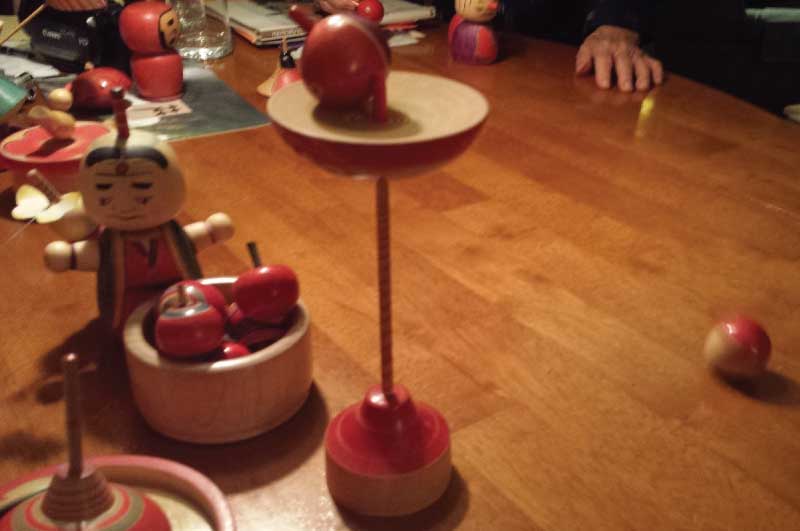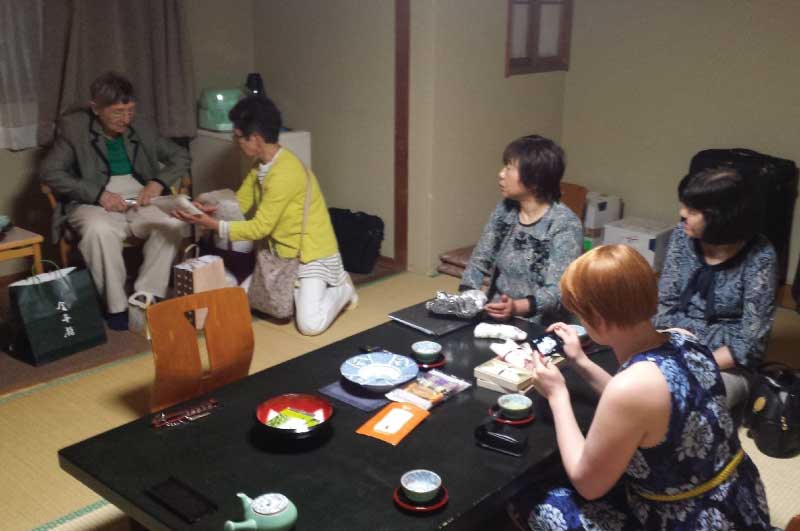|
By Malina, Preserve WV AmeriCorps In my two terms of AmeriCorps, one of the most exciting aspects of the program, for me, has been meeting new people who are taking on meaningful projects and networking with them. There are so many venues for AmeriCorps members to help each other with their projects and initiatives. Simply being in such a cooperative atmosphere can rub off on your other networks as well, and like-minded advocates and go-getters can be found in the most surprising places. Before I began my service with PAWV’s Preserve WV program, I had started working with Paula R. Curtis on Carving Community: The Landis and Hiroi Collection as a favor to friend, and as a fun side project during my job search. When we started the project, we had no idea how far it would take us. Paula is an incredibly impressive and smart person who was my sister’s roommate in college and is currently a PhD candidate in History at the University of Michigan and a Fulbright scholar. She runs a widely read blog entitled “What Can I Do with a BA in Japanese Studies?” That blog was the way a woman named Jane Heald first got in contact with Paula on behalf of her neighbor, Janell Landis. Janell is a former missionary who spent over thirty years living in Japan and teaching English at a women’s university in the region of Sendai. In 1981, after she had already been in Japan for nearly three decades, Janell met a local artisan who makes edo-goma(traditional spinning-tops) and began learning his craft. Janell gets such joy from these little wooden art-pieces that she has amassed a collection of nearly two hundred distinct tops. At 87, she began to think of the future of these precious items and wanted to find a museum to which she could donate them. She turned to Jane and Jane, after a simple Google search, turned to Paula. Paula was so intrigued by Janell’s story that she turned to me. As a graduate student in Public History, I gained some experience with oral history. Thus, Paula’s idea was to interview Janell as a kind of PR for the collection. We toyed with the idea of writing a journal article with the information from the interview, but decided that the publishing process would likely take too long and there could be no assurance that we would be printed at all. I turned to my advisor from graduate school who gave us the idea of an online “exhibit” website of our findings in the interview. The project never would have begun without the incredible network of each person involved.
In October, Paula and I travelled to Janell’s home in Tennessee and conducted the interview over three days. There was much to discuss including her life in the US during World War II, her decision to become a missionary, her training, her life in Japan, how she met her sensei and what his work meant to her. She demonstrated the workings of the tops and introduced us to some of the people in her community who had also spent time in Japan. She asked us if we would be willing to travel with her to Japan when she planned to visit for the last time in May. We were evasive: how could we afford to? But the idea was planted in our minds, and it opened up the possibility of filling in the gaps of the narrative we started. If we could interview her sensei, Hiroi Michiaki, we could understand his intent in creating each piece and his history with his only American and first female pupil. Thus, instead of transcribing the interview we had and posting the video we had taken in Tennessee, we devoted our time to writing grants and promoting a successful Kickstarter campaign aimed at buying the AV equipment we would need to take with us. With a generous grant from Paula’s department at Michigan and a little more money from the Kickstarter than our original goal, we both joined Janell in her journey from Nashville to Sendai, Japan. This was a project that started with nothing: an email from a retired woman on behalf of her friend that resulted in an international journey and a museum home for Janell’s collection. Thanks to another member of Paula’s University network, the Morikami Museum in Delray Beach, Florida will be adding Hiroi’s tops to their collection of traditional Japanese art works. Janell is overjoyed that people from all over the country will be able to view and appreciate the work of her teacher and friend. In Part 2, I will discuss my impressions of Japan, our interview with Hiroi-sensei, and some surprising preservation work going on in the town of Akiu, Japan. Comments are closed.
|
News and NotesCategories
All
Archives
May 2024
Subscribe to our mailing list to receive e-news updates on historic preservation news and events in West Virginia.
|
Get Involved |
Programs |
Contact UsPreservation Alliance of West Virginia
421 Davis Avenue, #4 | Elkins, WV 26241 Email: [email protected] Phone: 304-345-6005 |
Organizational Partners:
© COPYRIGHT 2022 - PRESERVATION ALLIANCE OF WEST VIRGINIA. ALL RIGHTS RESERVED.



 RSS Feed
RSS Feed



